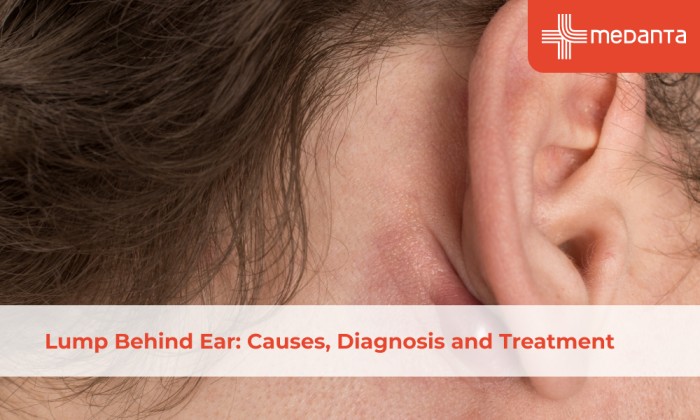What is Cardiac Ablation?
During the process of a heartbeat, the electrical signals that are responsible to carry out contraction and relaxation follow a distinct pathway within the heart. Therefore disruptions of any kind in this signalling pathway will trigger an irregular beating of the heart (arrhythmia).
Cardiac ablation may be recommended by the medical practitioner sometimes as one of the first treatments depending on which type of heart rhythm problem the patient has. While in other cases, this might be recommended as a last resort when other medicines or treatments do not show effective results. Cardiac ablation is a surgical procedure used to correct arrhythmia.
What is Cardiac Ablation?
In a cardiac ablation procedure thin, flexible tubes called catheters are inserted via the blood vessels. Sometimes, ablations are also performed during cardiac surgery but such a situation is rare. This procedure can only be conducted by trained professionals in the hospital laboratory, which includes cardiologists (heart doctors), technicians, and nurses. There are two techniques for conducting cardiac ablation:
- Radiofrequency ablation: In this method heat energy is used.
- Cryoablation: In this method energy driven from extremely cold temperatures is used.
The type of procedure that will be recommended by the doctors will depend on the type of abnormal heart rhythm one has, which are:
- Atrial flutter ablation
- AV node ablation
- Pulmonary vein isolation
- SVT ablation
- Ventricular tachycardia ablation
Reasons to get a Cardiac Ablation:
Healthcare professionals may recommend you undergo a cardiac ablation if you are going through one of the following:
- Medications were unsuccessful in treating an arrhythmia.
- Medications to treat arrhythmias led to serious side effects
- Particular kind of arrhythmia that reacts well to ablation, such as Wolff-Parkinson-White syndrome and supraventricular tachycardia.
- Have complications from arrhythmias, such as sudden cardiac arrest which has a high-risk factor
How you prepare for the procedure:
To prepare for this procedure your healthcare provider may request several tests to analyse your health condition. They will order you to stop eating and drinking the night before your procedure. Your care provider will also provide extra or ask you to discontinue any medications before the procedure.
Before the procedure, a specialist will first insert an IV into your veins and administer a sedative.
The amount of sedation required varies depending on the specificity of arrhythmia and other health concerns. One might be fully awake, lightly sedated, or may be given general anaesthesia.
What happens during the procedure?
The procedure is initiated by first inserting a catheter into the heart via a blood vessel. More than one catheter may be inserted via blood vessels in the groin (most common), shoulder or neck (less common).
Then a dye (contrast) is sometimes injected through the catheter to help observe a clearer x-ray image of the blood vessels.
There are sensors on the tip of the catheter that send electrical impulses that records the heart's electricity. This information is then used to identify the problem area that is responsible for arrhythmia and help decide the position to apply for the ablation. This part of the technique is known as an electrophysiology (EP) study.
Then radiofrequency energy or cryoablation techniques are used to make small scars in the heart and plug the irregular heart rhythms:
What Happens after the procedure?
Depending on the arrhythmia and technique undertaken, the procedure generally takes four to six hours in total.
After that, the patient is closely monitored for a few hours. Accordingly, one may be allowed to go home the same day or advised to spend a night or two in the hospital.
There might be a feeling of discomfort or soreness after the procedure that generally lasts for a few weeks. Most people are recommended to avoid heavy lifting but can continue with their daily activities within a few days of getting a cardiac ablation.
Risks
This procedure is generally a very safe one but certain risk factors may include:
- Bleeding or infection at the site of insertion of the catheter
- Damage to blood vessel
- Damage to the heart valve
- New or worsened form of arrhythmia
- A slower heart rate, would result in a pacemaker installation
- Blood clots in the legs or lungs (venous thromboembolism)
- Stroke or heart attack
- Narrowing of certain veins
- Damage to the kidneys
- Death in rare cases



